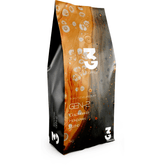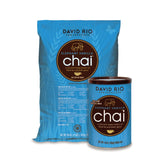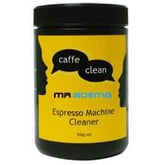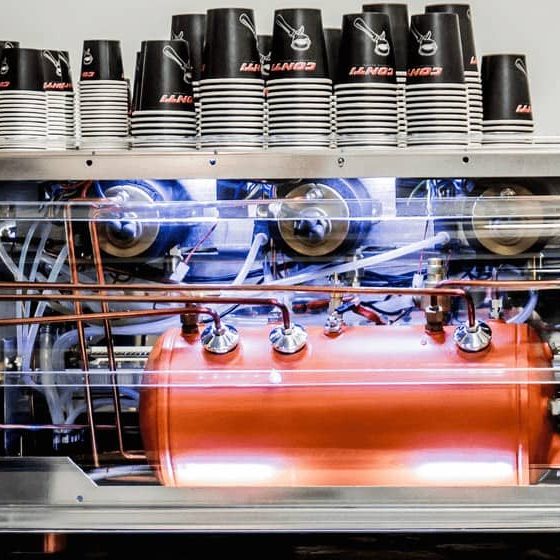How to get the perfect coffee shot: Understanding your Coffee
Understanding Coffee:
Coffee creates experiences and tastes that can leave you with a memorable experience and some you’d rather forget. There are various roasting styles, beans and the way we roast these beans can enhance the flavours. In this week’s blog, we are looking at how different roasts and age of the coffee affect how we get a consistent coffee.
Conti Boema
Roasting Profiles:
Roasting can vary from light roasts to dark roasts Light roasts are light brown with a dry surface, and have higher acidity predominately used for filter coffee due to the different flavours that are within the roast. Medium roasts have more body and a more balanced acidity and aroma than light roasts. The colour is milk chocolate brown, and the bean’s surface is dry with some acidity producing flavours like chocolate, nuts, caramel. Finally, we have dark roasts which tend to be in the level of body found within them due to the darker roast with little to no acidity and a dark oily colour.
Choosing the Roast that Suits you:
Choosing a roast can be difficult sometimes as there are various blends, roasts, companies to choose from; the best analogy I have heard that is relevant to this is “Coffee is like wine, you may like one that I don’t like and vice versa, but choose the one your customers like as they are your main selling source”. I still use this analogy when consulting people today when they are choosing a coffee as I know customers in cafes can be picky based on their last coffee experience. Generally, I recommend a medium blend as it is the most versatile and offers flavours that go well with milk based drinks; which happens to be around 90% of Australia’s coffee consumption.
Understanding the Age of the Coffee:
Although choosing a roast offer different flavours so does the age of a coffee. We want to offer our customers an experience they will remember and by having fresh coffee this will be achievable! The reason being is the older coffee gets the more flavour profiles changes from its original roast. Coffee is best used 1-3 weeks after it’s roast date as it as its peak.
Try and avoid supermarket coffee as you don’t know how long it has been on the shelf for and you don’t know how good the quality of the coffee is.
Storing Your Coffee Beans:
Storage is key to helping make sure your coffee stays at its best. When unopened coffee can be stored in a cool dry place to make sure that it doesn’t draw moisture or heat as this affects the coffee and changes its profile. The same goes for storing it in a fridge this is not optimal as it draws in moisture also affecting your coffee. Airtight storage containers help keep your coffee fresh if you don’t use it all in one day, by keeping the air out it keeps the coffee that little bit fresher overnight so you can use it the next day for use.
If you remember these important factors then you will be able to decide what coffee best works in your café, restaurant, home or office that will provide a memorable coffee drinking experience that customers rave about! As mentioned earlier coffee is like wine you need to decide what will keep customers returning there is a range of options out there so you can always research and ask questions to learn more.












